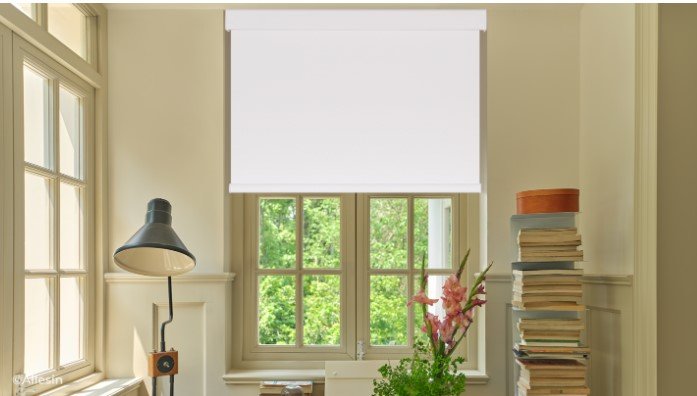Creating a harmonized and cohesive interior is no easy feat. One of the most overlooked details when designing a home is the choice of colors for doors and skirting boards. These elements may seem minor, but they can significantly impact the overall aesthetic of your space. what colour to paint doors and skirtings, you can elevate your interiors, create seamless flow between rooms, and enhance the visual appeal of your home.
If you’re looking for inspiration or guidance, this blog will explore the benefits of choosing the right colors for doors and skirtings, offering tips to help you achieve that perfectly harmonized look.
Why Focus on Doors and Skirting Colors?
Doors and skirting boards are often considered purely functional, but the truth is they serve as key design features in your interiors. These features frame your walls, create boundaries between spaces, and can accentuate architectural details in your home.
Enhances Flow Between Rooms: Uniform or complementing colors on doors and skirting boards ensure that there is a natural transition between rooms. This flow can help your spaces feel more connected and spacious.
Defines Spaces: Contrasting colors clearly define floors, walls, and boundaries, giving each room its unique character while maintaining harmony.
Adds Subtle Detail: Sometimes, the details make all the difference. Coordinating colors on doors and skirting boards can tie your interior elements together for a polished finish.
When chosen thoughtfully, these colors can serve as a design strategy for both aesthetics and practicality.
Choosing a Base Color
The first step in setting a harmonized look is selecting a base color that aligns with your overall vision. Neutral tones are often the go-to choice, as they work seamlessly with various color schemes and styles.
White & Off-White: White remains a timeless favorite for skirting boards and doors. It provides a sharp, clean finish that works well with colorful or patterned walls. Off-whites can add a touch of warmth without straying far from neutrality.
Gray Tones: Light to medium grays are growing in popularity for modern interiors. They create a subtle contrast and a sophisticated feel, pairing beautifully with darker wall shades.
Earthy Neutrals: Beige, taupe, and other earthy hues bring warmth to your space while blending harmoniously with natural wood finishes.
Adding Depth with Contrasts
If you want to make a bold statement, consider using contrasting colors between doors, skirtings, and walls.
Dark Doors, Light Skirtings: Opting for a darker shade—such as deep blue, charcoal, or forest green—on doors, with white or light skirtings, creates dramatic contrast and an eye-catching centerpiece.
Bright Pops of Color: Skirtings in vibrant colors like mustard or teal can add personality while maintaining balance against neutral walls or floors.
When using contrasting colors, it’s essential to limit the palette to avoid a chaotic look. Stick to two or three cohesive shades that tie in with the rest of the room.
The Seamless Match
For interiors aiming for unity and simplicity, matching the doors and skirtings in one color is an excellent choice.
Monochromatic Palette: This brings a clean and minimalist aesthetic. For example, painting doors and skirtings the same tone as your walls creates a seamless and modern appearance.
Subtle Variations: For added depth, opt for a color that’s one or two shades lighter or darker than the walls. This approach adds dimension without breaking the harmony.










